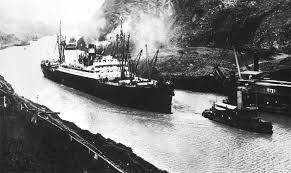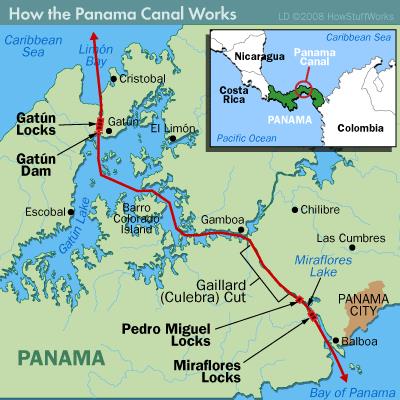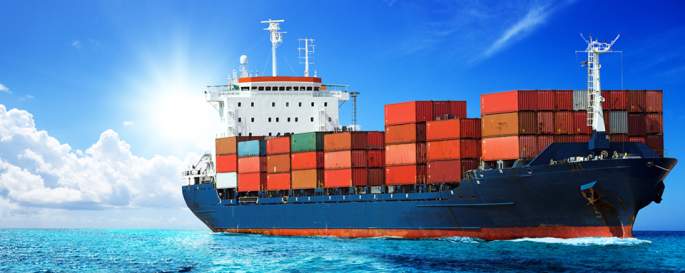Do I need cargo insurance for my shipment..?? Is a question asked by many customers around the world.. Whether they are exporters or importers or traders.. This is a question that has been going for long and is expected to go on longer..
As much as we discuss why I cargo insurance and insurers matter, in the recent past the question of who is the cargo insurer is coming to the fore as the line between the shipping line(s) and logistics services providers seems to be getting blurred..
Maybe this is one way shipping lines are trying to add more value to their business..?? Till the recent past, shipping lines were only concerned with and offering ocean shipping services with some extending to carrier haulage services including road and rail services..
Now more and more shipping lines seem to be moving to offer comprehensive logistics services including intermodal transportation covering truck, rail and barge, customs clearance, cargo insurance and more..
On one hand these end to end solutions by shipping line may be welcomed by customers as they get these services in once place, I dare say it may also be making traditional logistics service providers nervous..??
Hapag Lloyd has announced Quick Cargo Insurance, their first-class single cargo insurance cover for shipments.. Hapag Lloyd will be using leading global insurer Chubb for this project which is being piloted currently for cargo shipped from Germany, the Netherlands and France..
On their website, Hapag Lloyd is promising
-
Direct access to high class cargo insurance
-
Simplicity
-
Competitive pricing
-
Instantly insured with all required documents
The 5th largest container shipping line in the world details their insurance coverage as below :
- Insurance cover exists for all risks to which the goods are exposed during the insured journey
- Insurance cover exists to shipments under Hapag-Lloyd´s custody
- Declarations are made on a case by case single shipment basis online via Hapag-Lloyd´s online platform
- Storage during and related to the transit up to 60 days is also covered
- Cover and reimbursement of recovery and / or disposal costs
- Cover and reimbursement of removal and / or protection costs
- Contingency and DIC insurance included
- Certificate issued upon request
- Pre-voyage and return goods are covered under the same conditions under Hapag-Lloyd´s custody
Chubb recently announced that it will provide instant shipment insurance on the Networked Trade Platform (NTP) via its Value-Added Service (VAS) listing..
Chubb’s Quick Cargo Insurance for individual shipments through Hapag-Lloyd is said to be designed for and targeting SMEs (small and medium-sized enterprises), transporters and freight forwarders with cargo coverage up to a limit of EUR 500,000/- mail-order and online companies and brokers with a high volume of individual shipments via Hapag-Lloyd..
As per Chubb, special features include direct entries using the Hapag-Lloyd online platform with limited number of risk assessment questions.. The system is said to issue policy confirmation and invoices automatically..
The cover is said to include reimbursement for costs and expenses (whether successful or not) for General average contribution including surety, guarantee and, if applicable (Remember the Yantian Express) , advance payments, loss prevention, mitigation, and assessment costs, including an advance payment if applicable, costs for reloading, interim storage and additional costs for further transit as a result of an insured event..
Other lines who are already offering cargo insurance include Maersk with their Value Protect, CMA CGM, ANL (part of CMA CGM Group)..
So what do the logistics service providers of the world and customers feel about these actions by the shipping lines..??






















